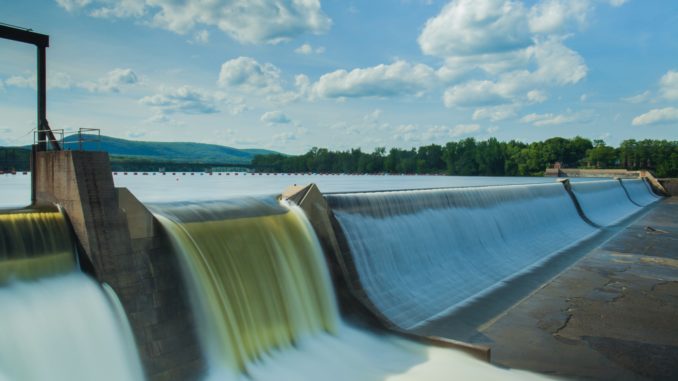
Hydro energy, also known as hydropower, is a form of renewable energy that is generated by harnessing the power of falling water. This energy is harnessed by using turbines and generators to convert the kinetic energy of falling water into electricity.
One of the main advantages of hydro energy is that it is a clean, renewable source of energy. Unlike fossil fuels, hydro energy does not produce emissions that contribute to air pollution or climate change.
Hydro energy is also a flexible source of energy, as the amount of electricity generated can be easily adjusted to meet changing demand. Additionally, hydroelectric power plants can have a long lifespan, with some facilities still in operation for more than a century.
There are different types of hydroelectric power plants, including impoundment, diversion, and pumped storage. Impoundment power plants use a dam to create a reservoir, while diversion power plants redirect the flow of water through a canal or penstock to a turbine. Pumped storage power plants use excess electricity to pump water to a higher elevation, and then release it to generate electricity when demand is high.
However, hydro energy also has its downsides, such as it requires a large amount of water and suitable topography, which limits the places where hydro power can be generated. Additionally, the construction of hydroelectric power plants can have a significant environmental impact, including the displacement of communities, loss of biodiversity, and changes in the flow of water.
Overall, hydro energy is a clean and renewable source of energy that can be generated by harnessing the power of falling water. It can provide a flexible source of electricity and have a long lifespan, but it also has its environmental impacts that need to be considered.
Examples of hydro Energy power plants:
- The Hoover Dam, USA: Located on the Colorado River between Arizona and Nevada, uses the energy of falling water to generate hydroelectric power. It has a capacity of 2,080 MW and provides electricity to millions of people in the southwestern United States.
- The Itaipu Dam, Brazil/Paraguay: In addition to its use as a hydroelectric power plant, the Itaipu Dam also generates hydroenergy from the falling water of the Paraná River on the border between Brazil and Paraguay. Its installed capacity for energy production is 14,000 MW.
- The Victoria Falls, Zambia/Zimbabwe: The Victoria Falls on the Zambezi River in southern Africa are a popular tourist attraction and also a source of hydroenergy. The falling water generates power for the local grid in Zambia and Zimbabwe.
- The Rhine River, Europe: A major source of hydroenergy, with dozens of hydroelectric power plants located along its length. These plants use the energy of falling water to generate electricity for the European grid.
- The Jinsha River, China: The Jinsha River is one of the major tributaries of the Yangtze River in China, and its falling water is being harnessed for hydroenergy. Several large hydroelectric power plants, including the Xiangjiaba Dam and the Jinping-II Dam, have been built on the Jinsha River in recent years.
